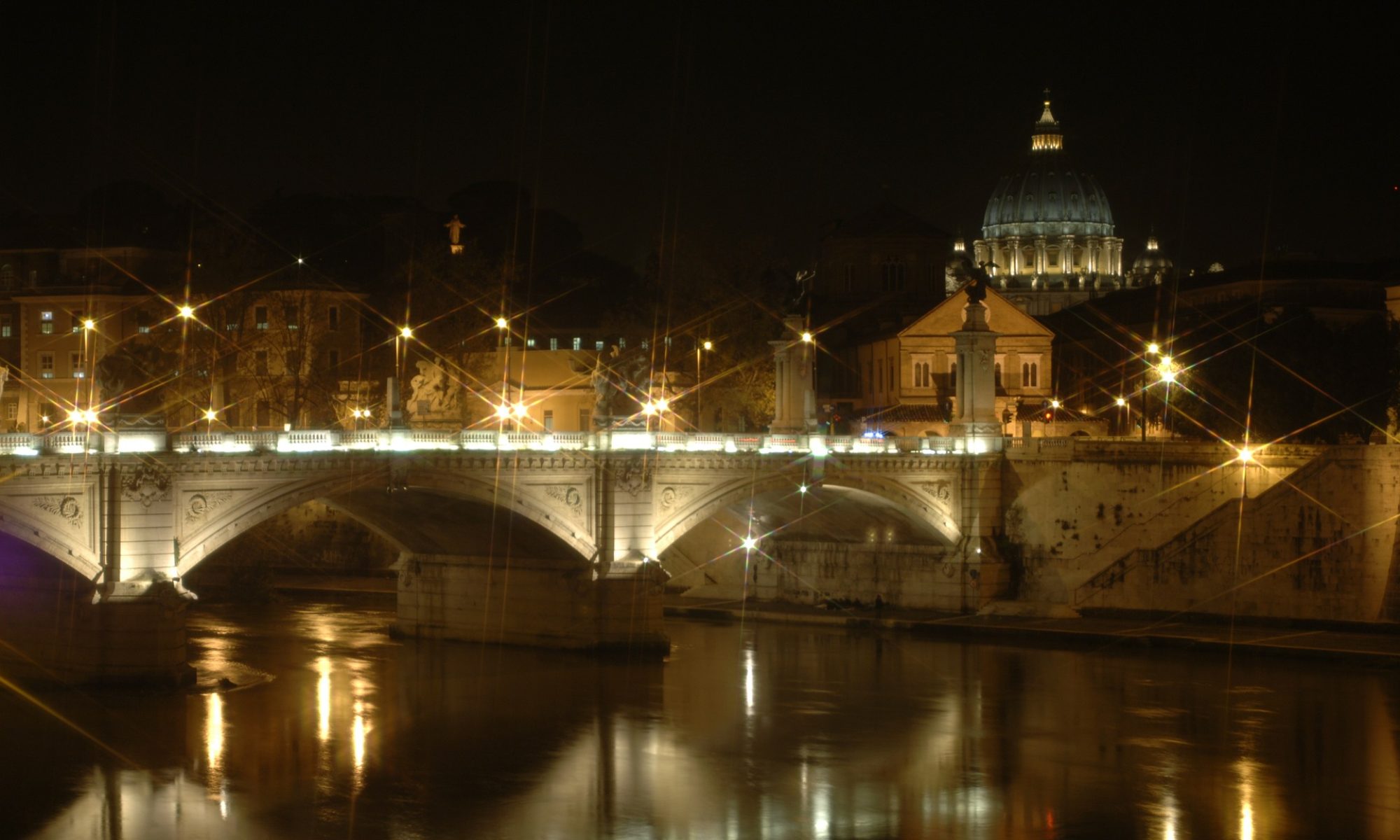September 29th, 2014
Catholic missiology speaks of “plantatio ecclesiae” to describe the process of church planting where currently there is no church. The rationale of this “plantatio” is that once the (Roman Catholic) church is planted there is no need to plant another church. This is even truer in the city of Rome! In the city where the Holy See has its center and where the heart of the Roman Catholic Church lies, how does one dare to plant a church? The Church (capital C) is already there by definition! So, church planting in the shadow of the Vatican requires extra-homework in order to identify a biblical warrant before embarking on such a task.
Spiritual Barriers
Church planting in Rome encounters lots of cultural and religious barriers: non-catholics are often perceived as sects, awkward people, foreigners, or new religious movements. Sometimes, unfortunately, the evangelical performance (e.g. narrow-mindedness, tribal mentality, over-sensitivity to differences, estrangement from the real world) confirms these stereotypes. The intent, however, should be to show that evangelical churches are biblical, classical, orthodox, protestant churches that cherish church history, the heritage of the Church Fathers, and have a long legacy in the history of Christianity while reflecting a spiritual vitality that is lacking in so many spheres of the religious world.
Then there are the spiritual and theological roadblocks. Here the whole issue of mediation comes to the fore. How do we draw near to God? The standard Catholic view is that one approaches God through the sacramental system of “mother” Church. Many words that are used are the same (e.g. grace, cross, gospel, salvation), but they mean very different things and their meanings have to be addressed. Church planters must avoid the danger of assuming that terms such as grace, faith, Jesus, church, cross, and gospel, are understood as they are biblically defined. Dismantling old patterns and constructing new ones is an on-going task. Gently but firmly people need to distance themselves from catholic institutional/sacramental baggage and be exposed to the Gospel afresh.
Finally, there is the personal dimension. The ordinary Roman is struck by the personal element of the Gospel. Usually they have no concept of it. Their religion is mainly a set of practices and traditions, but not something that involves their whole life. Therefore community life, church life, and family life are all important ways to convey the practical difference that a saving faith in Jesus Christ brings to everyday life.
Ecclesiological Challenges and Gospel opportunities
The majority of Roman Catholic countries are as poorly evangelized as most secular countries in Europe. Rome is no exception. The vast majority are nominal Christians who have a loose sociological belonging to the community and no saving faith in Jesus Christ. For the most part Roman Catholic practice is based more on Folk Catholicism (e.g. devotions and processions) than Biblical Christianity. The reading of the Bible was prohibited for centuries and this censorship has produced a high level of biblical ignorance. People think they are “Christian” because they were baptized as infants and are part of a “Christian” culture, but there is little if no sense of personal engagement as far as the Gospel is concerned. Beyond the outward religious surface, there is a blend of religious and secular idolatries along with a mixture of pre and post-modern idolatries. While the presence of the institutional church is pervasive, the impact of the Gospel is minimal and significantly obscured by social convenience and practical indifference.
Rome therefore is a mission field and church planting is key to evangelism and Gospel transformation. Rome is certainly not accustomed to being a city where religious pluralism and the plurality of churches are welcomed. Over the centuries the Church has always been presented in the singular and anyone outside of the (Roman Catholic) Church was considered a heretic and/or a schismatic. The claim of being a “church” outside of the Roman Catholic Church is countercultural but something that most people find intriguing. This is especially true in celebrating the Lord’s Supper (the Eucharist being the center-piece of the entire Roman Catholic system where its sacramental, hierarchical, and dogmatic dimensions intersect). Here church planters are sending the message that the Christian church is certainly “one” and therefore “catholic” but not exclusively “Roman”. Church planting deconstructs the Roman Church’s claim to be the only church and emphasizes the “unity” of the church in terms of Gospel faithfulness instead of institutional adherence to the papal system.
In Rome there is much cynicism about the church and religion in general, as is the case in the rest of Europe. The cultural climate is skeptical and so opportunities exist to introduce the Gospel based on the virtuous circle of evangelical truth, evangelical community, and evangelical culture. Church planting is key to this goal because it joins believing and belonging, proclamation and service, the personal and the communal, creative contextualization and obedience to the Word of God. “Plantatio ecclesiae” used to be an action that went from Rome to the rest of the world. Now as ever it needs to be a commitment that reaches Rome as any other part of the world.
